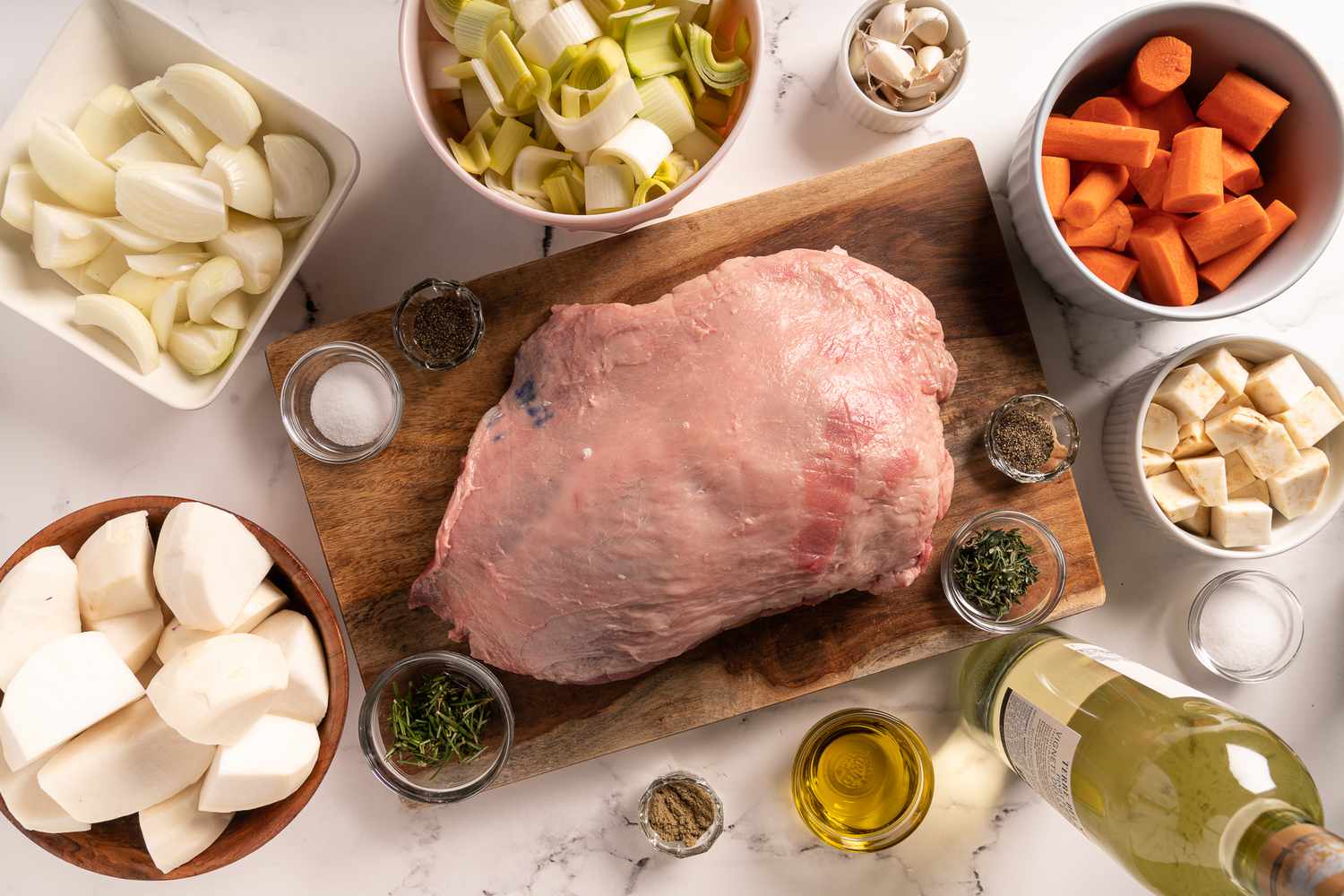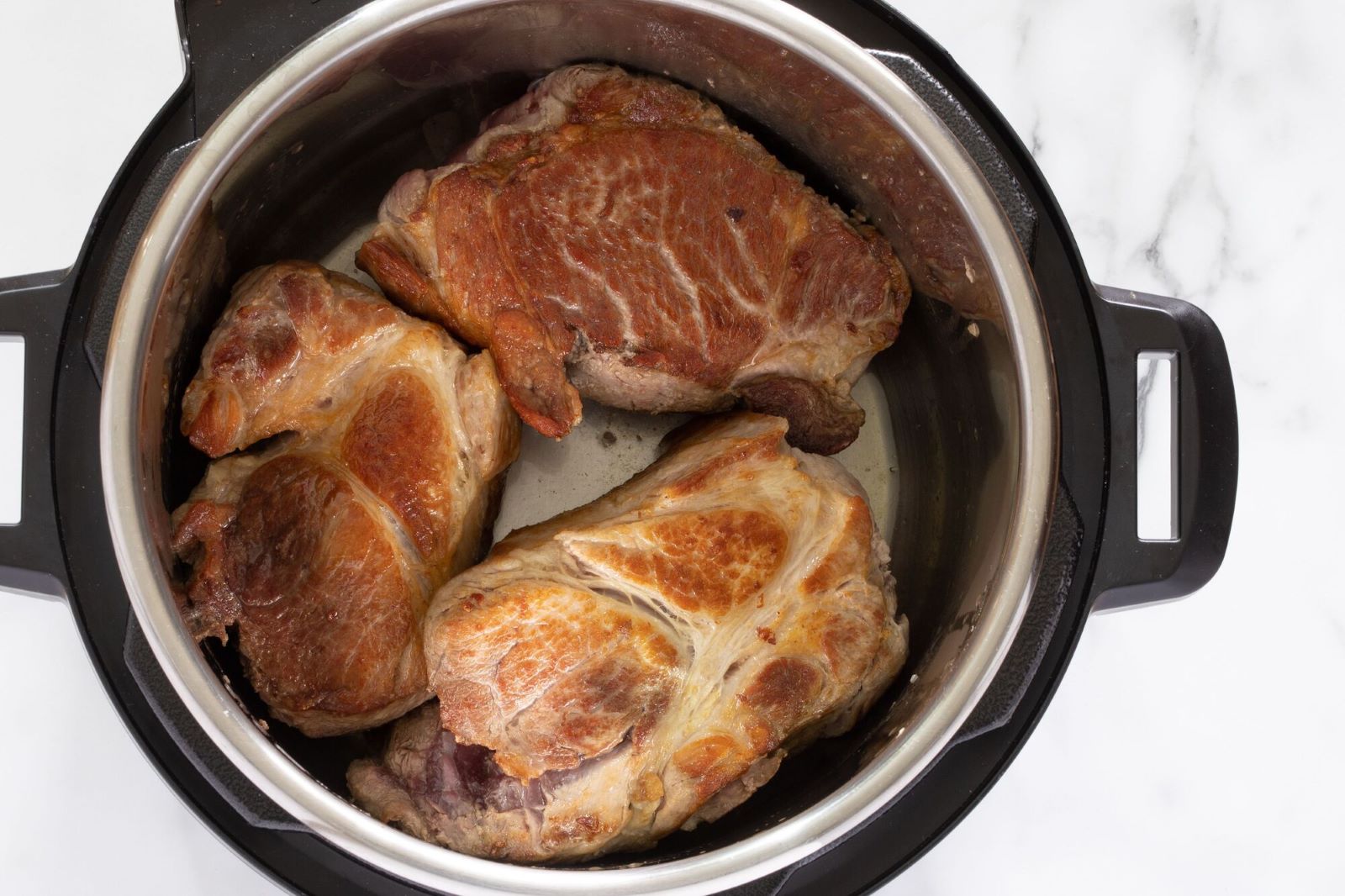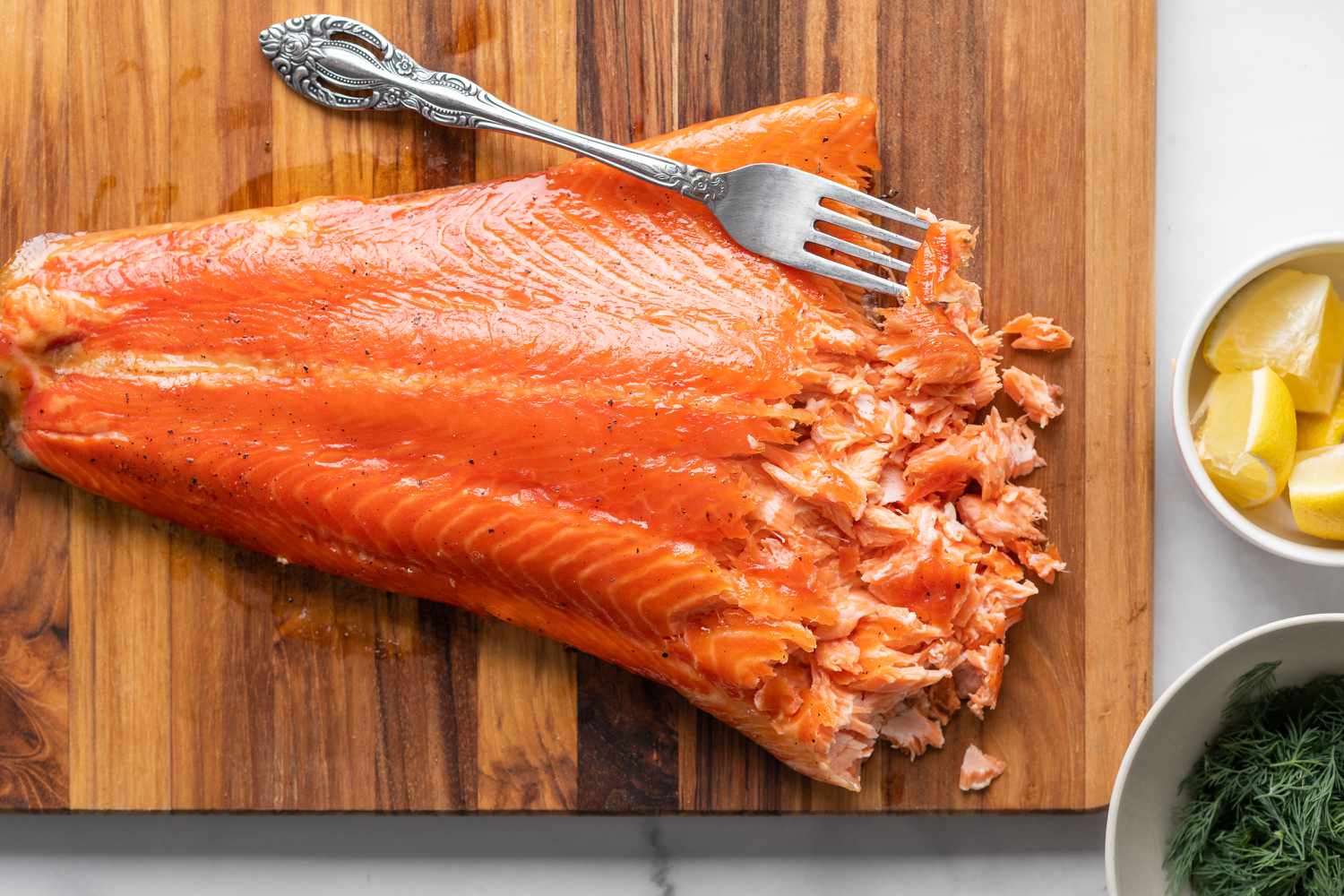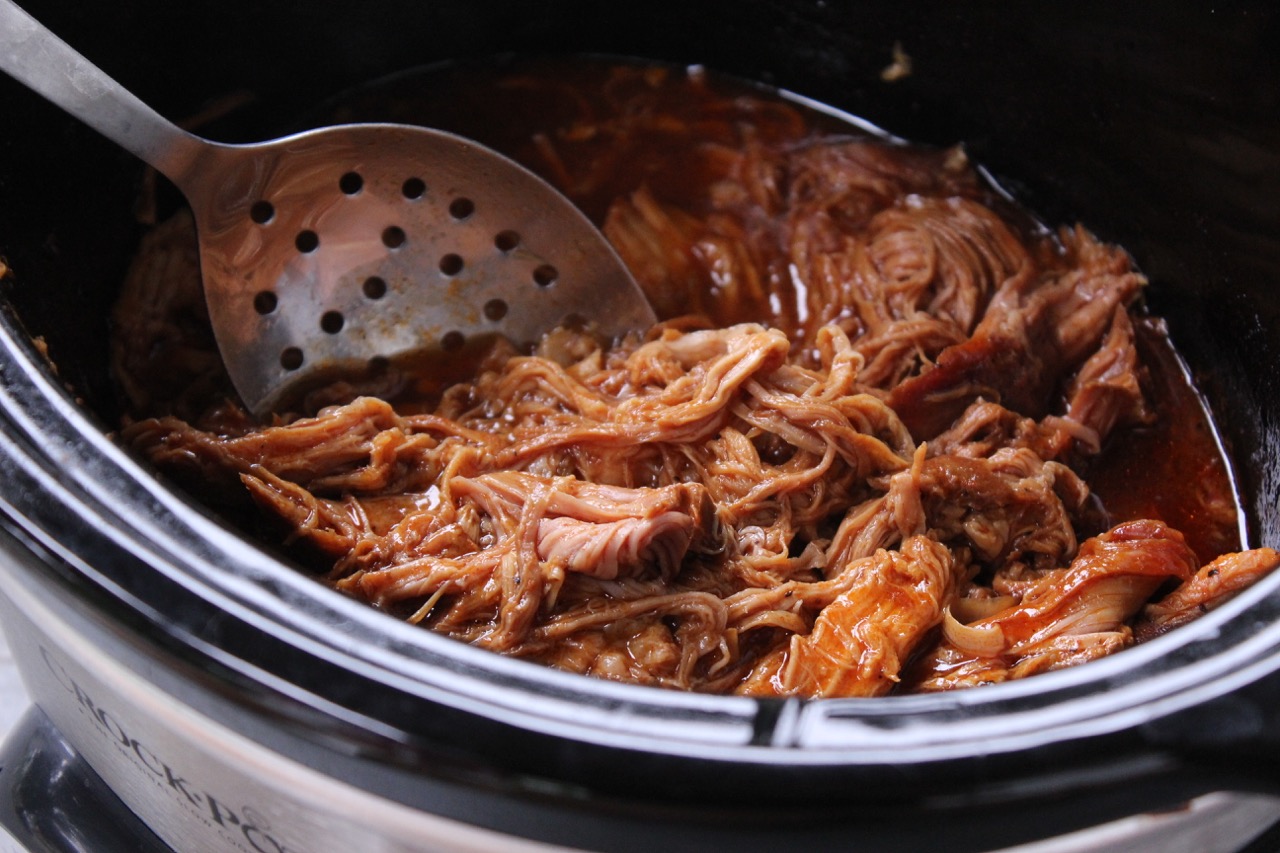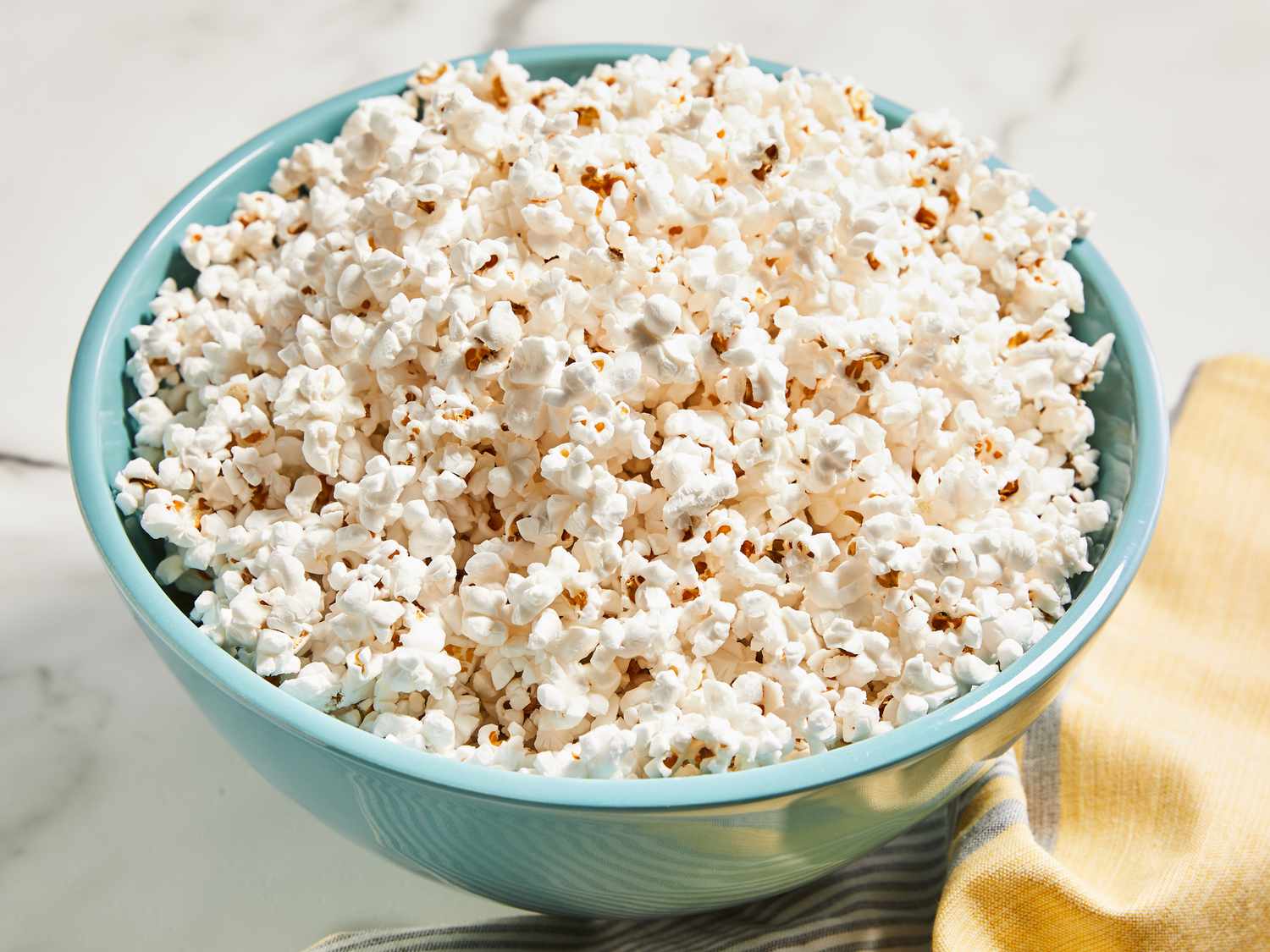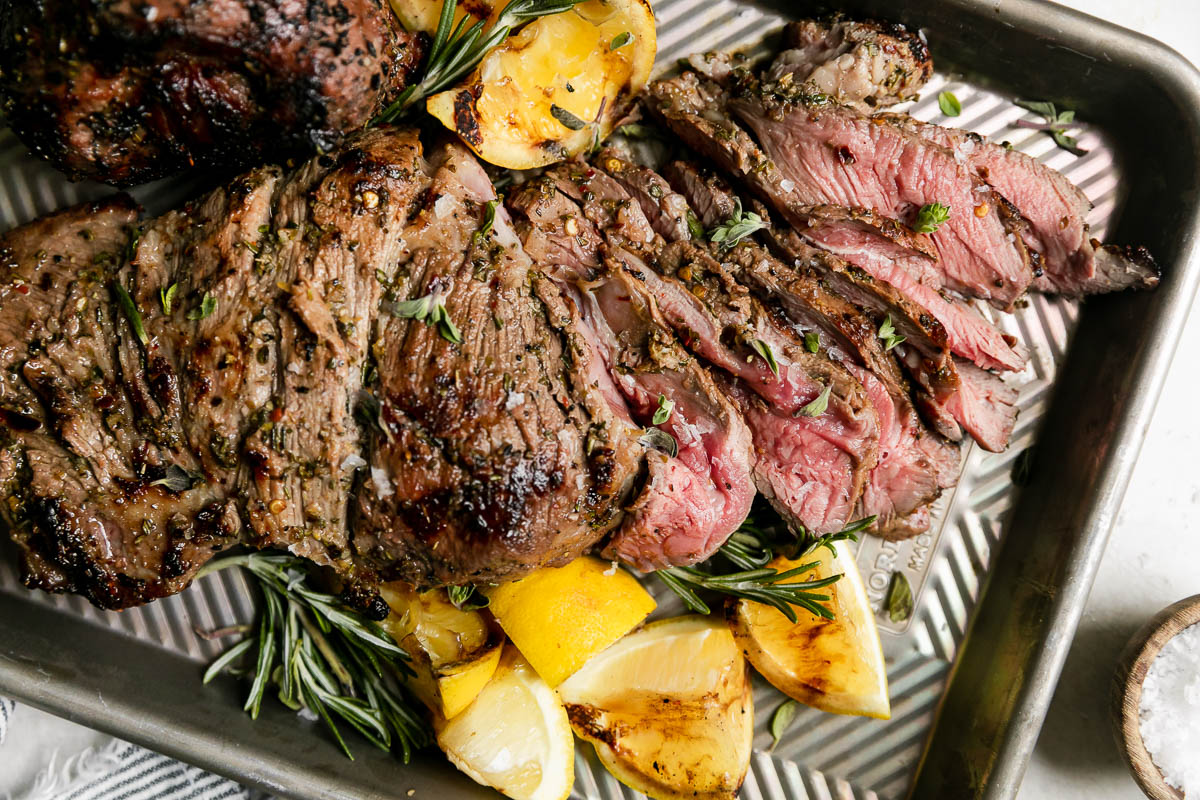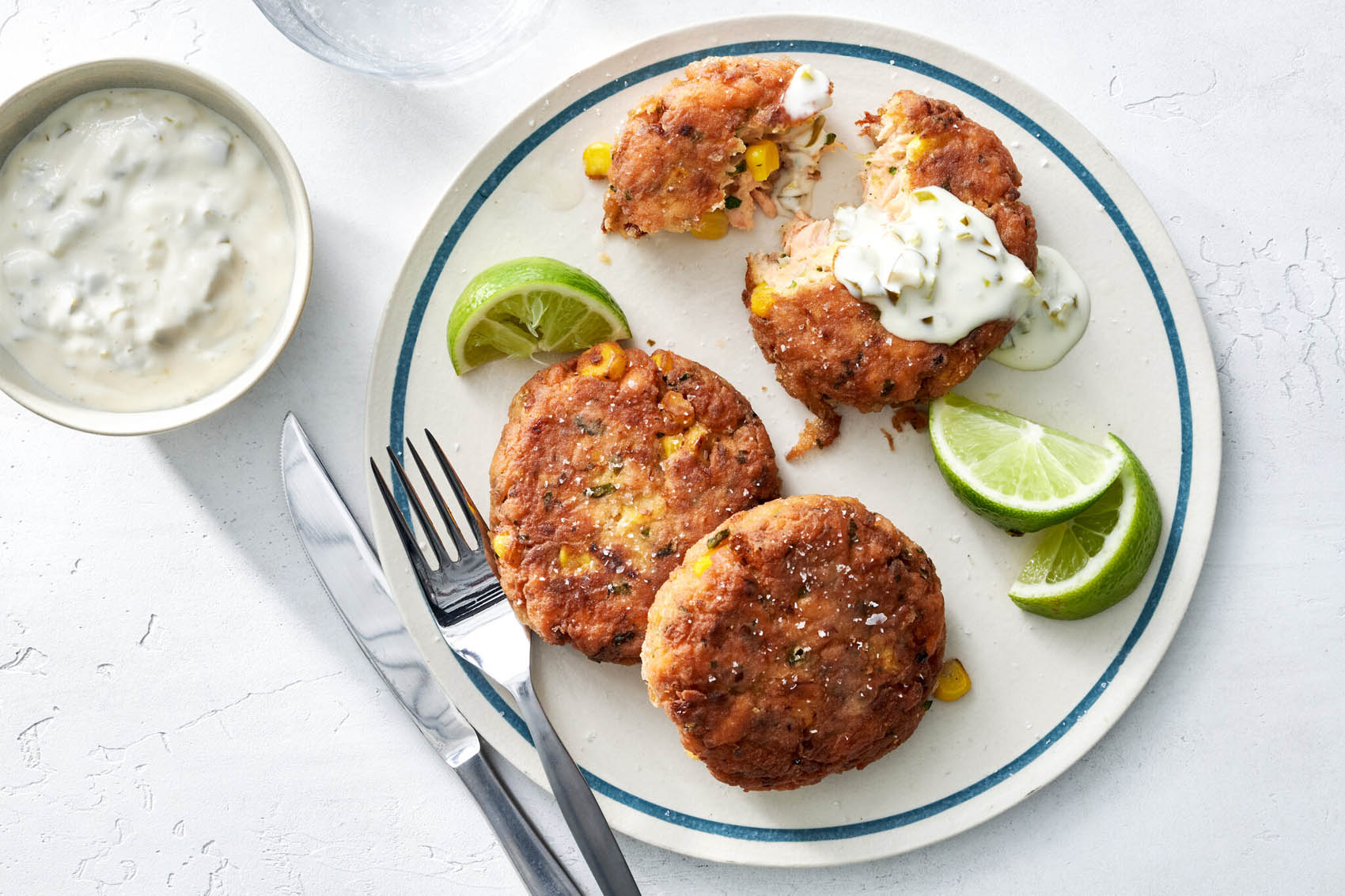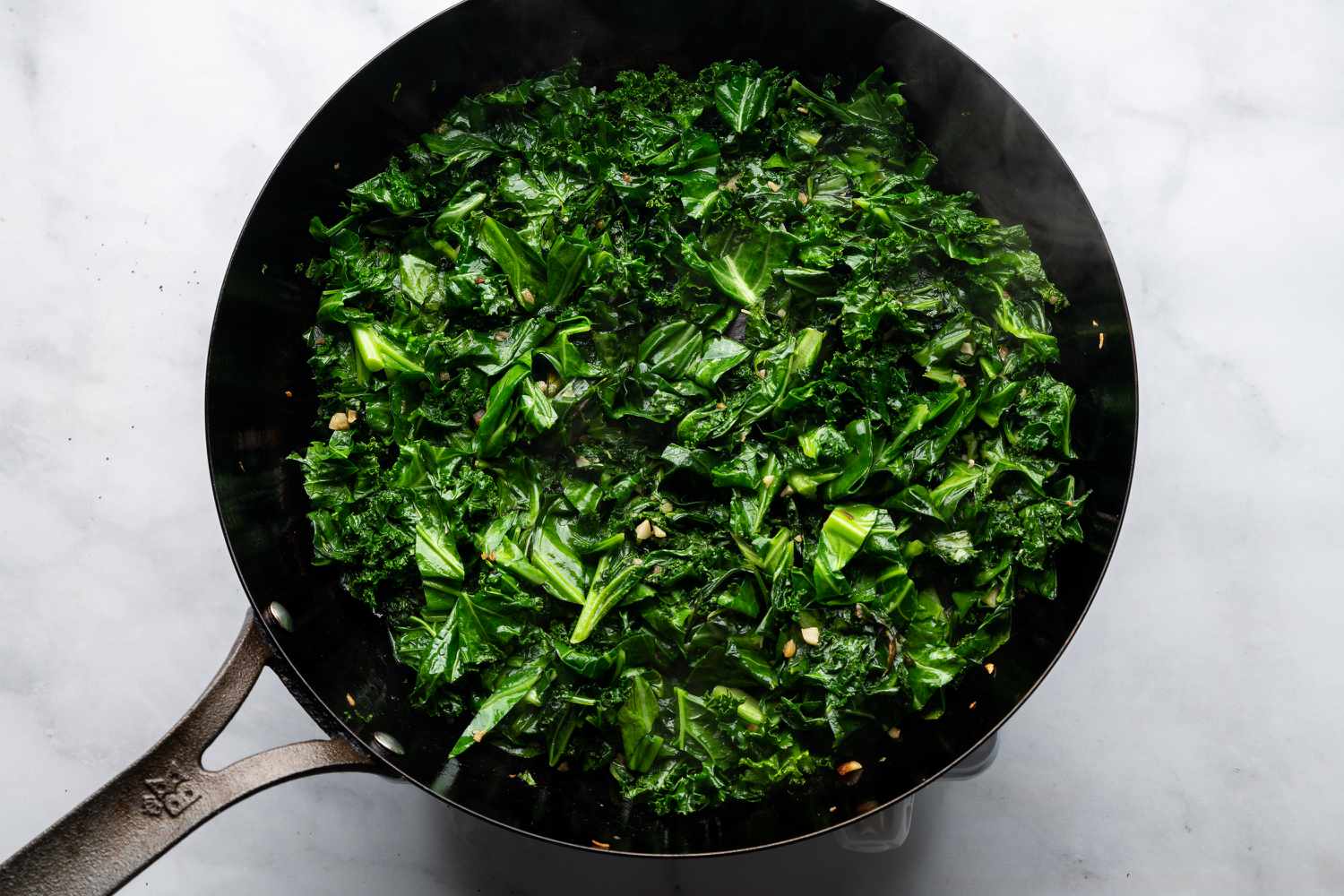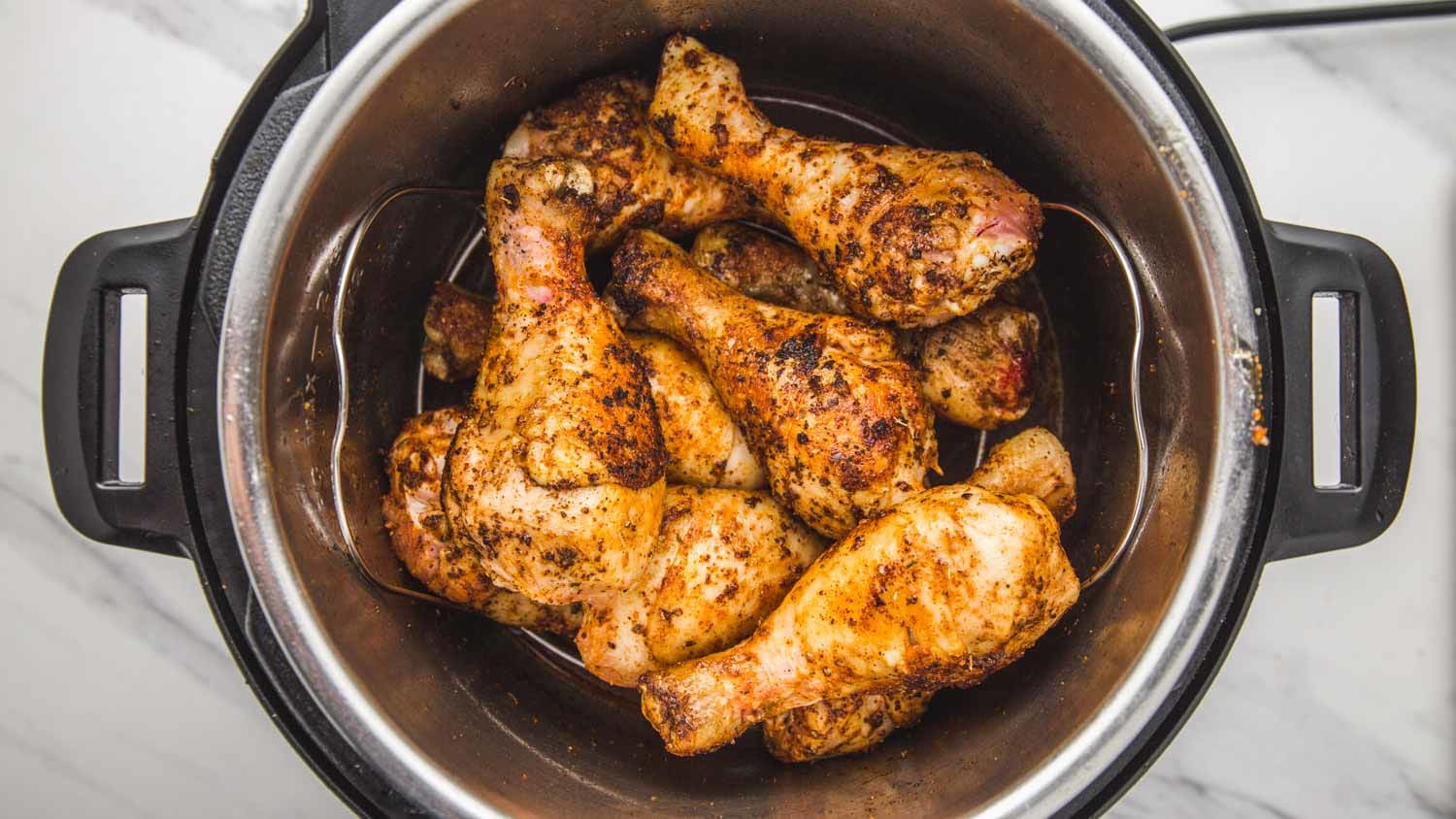Introducing Your Little One to the Delights of Fish
As your baby grows and develops, introducing them to a variety of foods becomes an exciting milestone. Including fish in their diet can provide essential nutrients such as omega-3 fatty acids, protein, and various vitamins and minerals. In this article, we will guide you through the process of cooking fish for your baby, ensuring a tasty and nutritious meal that your little one will enjoy.
Choosing the Right Fish
When it comes to selecting fish for your baby, it’s important to choose varieties that are low in mercury and safe for their delicate digestive systems. Opt for fish that are mild in flavor and soft in texture, making them easier for your baby to chew and swallow. Some appropriate options include:
- Mild white fish such as cod, haddock, or sole
- Salmon
- Flounder
- Tilapia
Always ensure that the fish is fresh and properly cleaned before cooking to ensure its safety.
Simple and Healthy Preparation
When cooking fish for your baby, simplicity is key. Here’s a step-by-step guide to preparing a delicious and nutritious fish meal:
- Start by gently rinsing the fish fillets under cold water to remove any impurities. Pat them dry with a paper towel.
- Season the fish with a pinch of salt and pepper. Remember to use minimal amounts of seasoning as your baby’s taste buds are still developing.
- Next, decide on the cooking method. Steaming or baking the fish are great options that help retain its natural flavors and nutrients.
- If using a steamer, place the seasoned fish in the steaming basket and allow it to cook for around 6-8 minutes or until the flesh flakes easily with a fork.
- If baking, preheat your oven to 375°F (190°C). Lightly grease a baking dish, place the seasoned fish in it, and bake for about 12-15 minutes or until cooked through.
- Once the fish is cooked, allow it to cool slightly before carefully removing any bones or skin.
- Finally, delicately flake the fish into small, bite-sized pieces or mash it if your baby prefers a smoother texture.
Serving and Pairing
Now that your baby’s fish is cooked and ready to be served, it’s time to get creative. Here are some serving and pairing ideas:
- Pair the fish with steamed or mashed vegetables such as sweet potatoes, peas, or carrots to create a well-rounded meal.
- You can also mix the fish with cooked and pureed grains like rice or quinoa to add some healthy carbohydrates to the dish.
- Be sure to serve the fish at an appropriate temperature – lukewarm or room temperature is best for your baby’s sensitive palate.
Enjoying the Fishy Delights
Now that you have mastered the art of cooking fish for your baby, it’s time to sit back and watch as they explore this new and exciting flavor. Remember to introduce new foods one at a time and be mindful of any potential allergies or adverse reactions.
By incorporating fish into your baby’s diet, you are setting them on a path towards a healthy and varied eating routine. Bon appétit, and happy cooking!
Was this page helpful?
Read Next: How To Cook Hubbard Squash In Microwave
